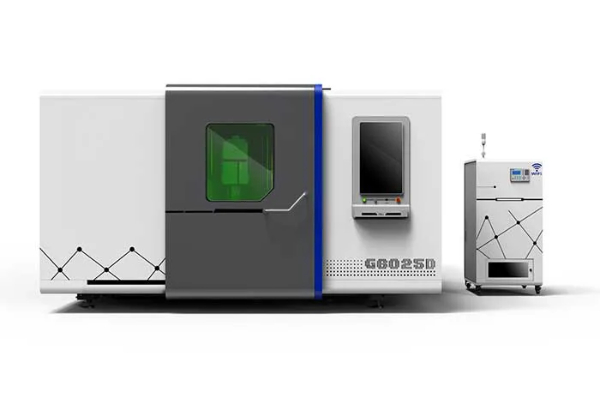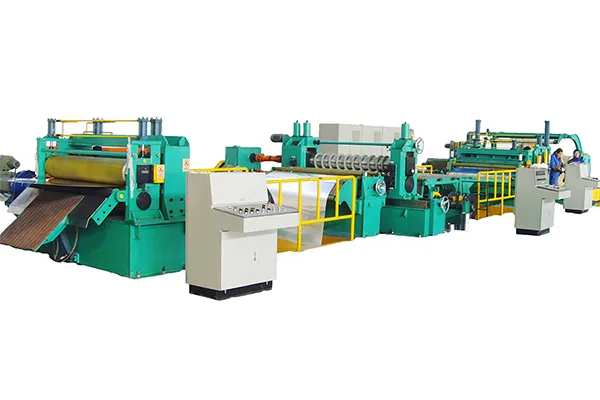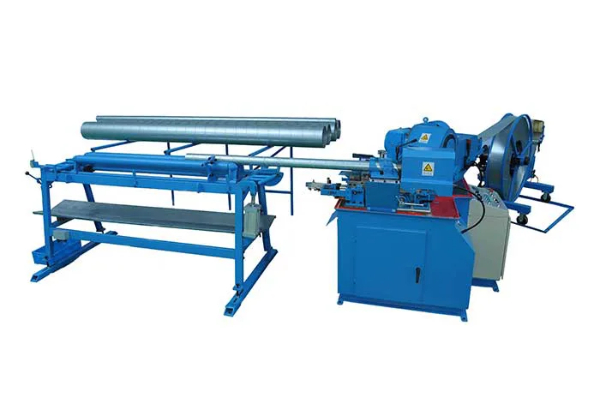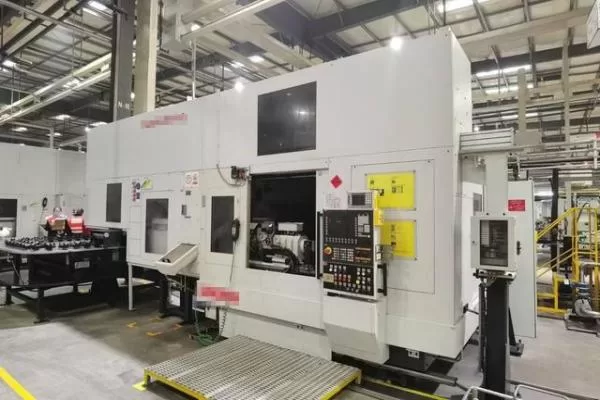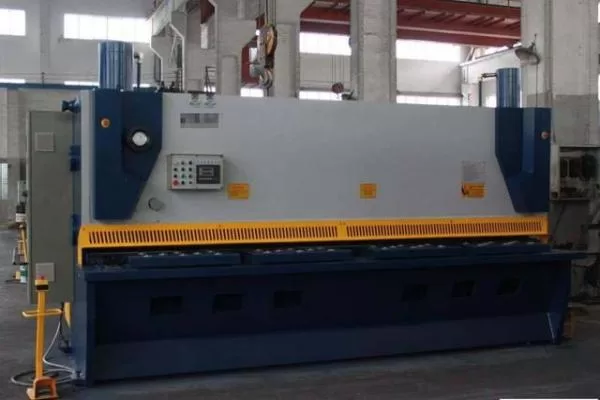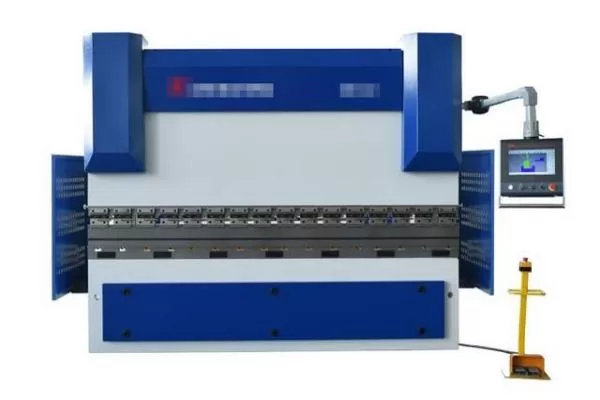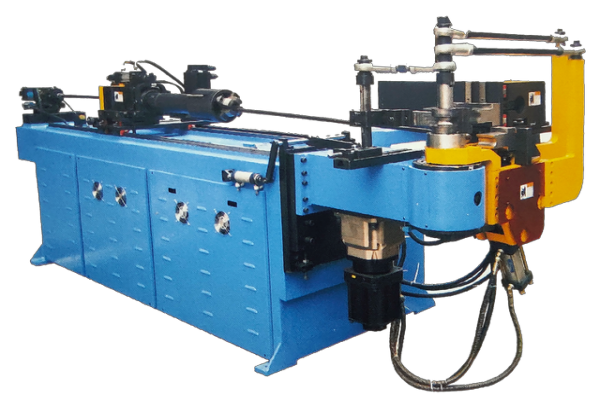
Step-by-Step Guide to Operating a Plate Bender Machine
- By:Metmac
- 2024-07-03
- 153
A Comprehensive Guide to Operating a Plate Bender Machine
The plate bender machine, widely used in metalworking industries, is a pivotal tool for shaping and forming metal plates with precision. Step-by-Step Guide to Operating a Plate Bender Machine serves as an indispensable resource, providing a detailed walkthrough of the machine’s operation, ensuring safe and efficient metalworking practices.
Machine Setup
– Preparation: Inspect the machine thoroughly to ensure proper functionality. Mount the bending die on the lower beam and secure it firmly.
– Calibration: Adjust the bending beam height and pressure to suit the thickness and material of the metal plate.
– Material Alignment: Position the metal plate on the die’s surface, ensuring alignment with the bending line.
Bending Operation
– Bending Initiation: Activate the bending cycle, which initiates the movement of the upper beam downward against the metal plate.
– Pressure Application: The bending beam applies controlled pressure, gradually forming the plate into the desired curve or angle.
– Controlled Bending: Monitor the bending progress closely, adjusting pressure and beam travel as needed to achieve the desired shape and dimensions.
Material Removal
– Beam Reversal: After the bending is complete, retract the bending beam to its original position.
– Part Extraction: Carefully remove the bent plate from the bending area, using appropriate safety measures and tools.
– Surface Inspection: Examine the bent plate for any imperfections or distortions, ensuring conformity to specifications.
Safety Precautions
– Protective Gear: Wear appropriate safety gear, including safety glasses, gloves, and earplugs, to minimize exposure to hazards.
– Machine Stability: Ensure the machine is securely mounted on a stable surface to prevent vibrations and potential accidents.
– Emergency Stop: Familiarize yourself with the machine’s emergency stop mechanism and practice its operation for swift response in case of emergencies.
Troubleshooting
– Insufficient Bending: Check the bending beam pressure and height. Adjust accordingly to increase pressure or extend beam travel.
– Plate Distortion: Inspect the bending die and workpiece for damage or misalignment. Adjust or replace components as necessary.
– Machine Malfunction: If the machine malfunctions, cease operation immediately and consult the manufacturer or a qualified technician for assistance.
Conclusion
Step-by-Step Guide to Operating a Plate Bender Machine empowers users with the knowledge and skills to operate the machine safely and effectively. By following these comprehensive guidelines, metalworking professionals can achieve precision bending results, optimize machine performance, and maintain a safe working environment.
-
High-Precision Solutions from Leading Sheet Metal Cutting Machine Manufacturers
2025/09/11 -
Reliable Sheet Metal Equipment for Sale to Support Precision Fabrication
2025/07/17 -
Advanced Duct Machine AC and Fabrication Solutions from Metmac
2025/07/12 -
The Advantages of Using a Sheet Roll Forming Machine in Manufacturing
2024/09/14
-
Precision and Performance: Advanced Sheet Metal Processing Solutions
2025/10/17 -
Advanced Sheet Metal Press, Shearing, and Forming Machines
2025/10/17 -
High-Performance Sheet Metal Laser Cutting Machines for Sale — Precision and Efficiency Combined
2025/10/17 -
Leading Sheet Metal Laser Cutting Machine Manufacturers for Precision Metal Processing
2025/10/17
-
A Guide to the Latest Innovations in Sheet Metal Folding Machines
2024/11/29 -
Key Features to Consider When Investing in a Sheet Metal Folding Machine
2024/11/28 -
Enhancing Precision with Advanced Sheet Metal Folding Machines
2024/11/27 -
How to Choose the Right Sheet Metal Folding Machine for Your Workshop
2024/11/26
